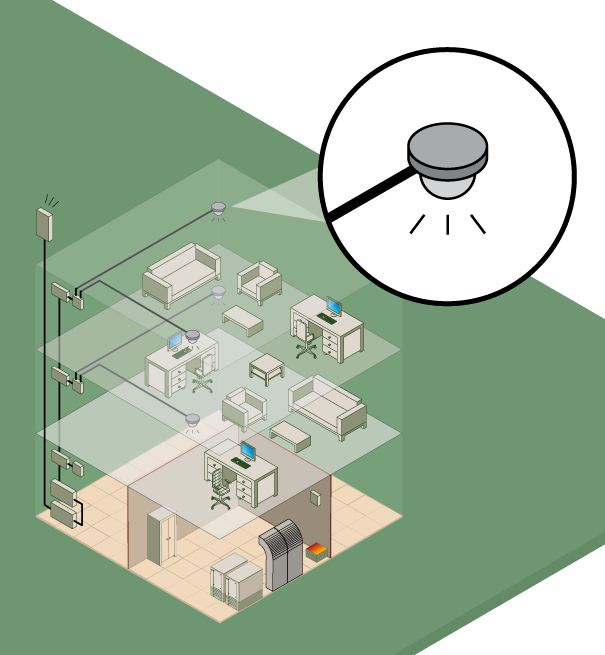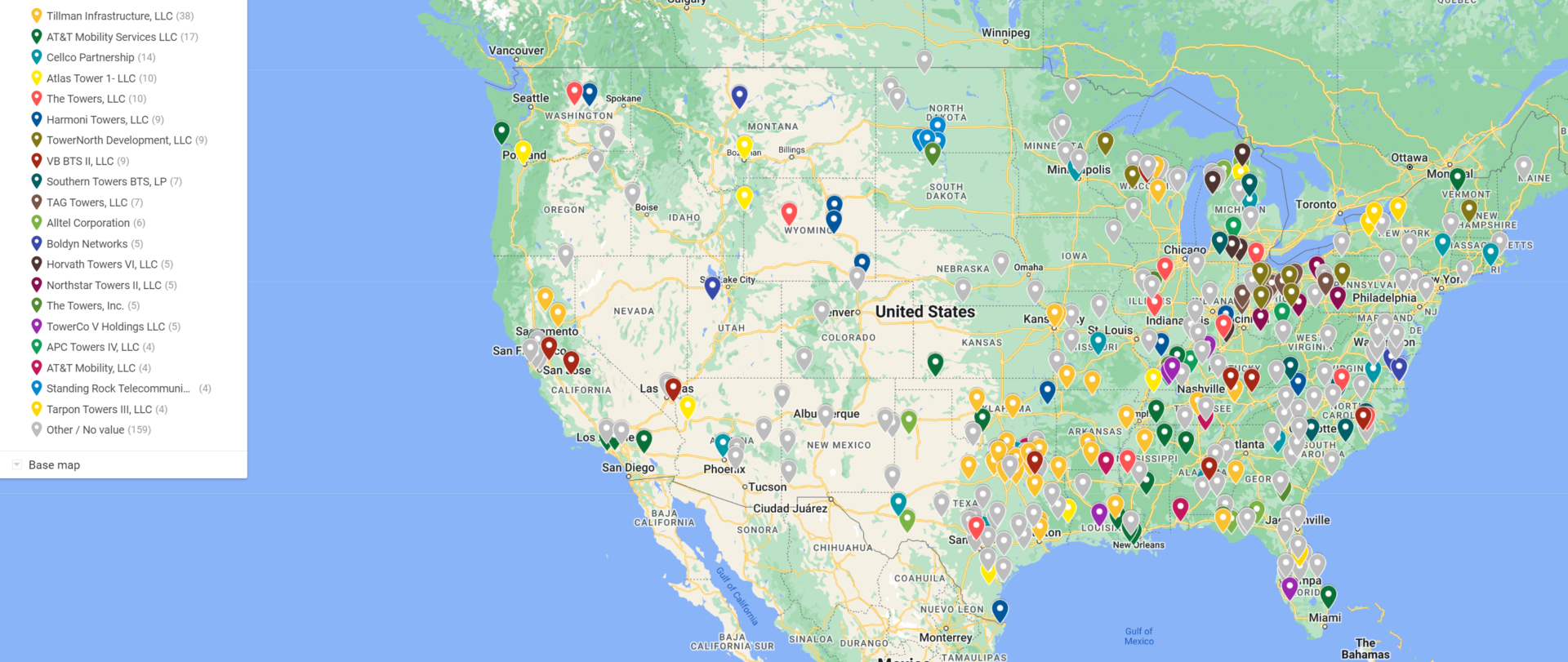This is Why We Think Crown Castle’s Acquisition of Sunesys is a Smart Move
Crown Castle International (CCI) is currently the #1-ranked cell tower company in the nation, and owns approximately 40,000 cell towers. CCI receives most of its revenue from subleasing space on Crown cell towers to wireless carriers. On April 30, 2015, CCI announced that it would acquire Sunesys, a wholly-owned subsidiary of Quanta Services, for $1 billion. Sunesys owns or has rights to 10,000 miles of fiber in major metropolitan markets, with ~60% located in the top BTAs. Not surprisingly, CCI’s CEO, Ben Moreland, has stated that the purchase would “strengthen Crown Castle’s leading position in small cell networks,” by more than doubling Crown’s fiber footprint, which currently extends approximately 7,000 miles and supports ~14,000 nodes (1,000 of CCI’s nodes are already located on Sunesys fiber lines). Even though CCI’s existing footprint only contributes 7% to its gross rental revenues, the tower company believes that an early lead in small cell deployment will be profitable, stating that its business grew 35% year over year in the first quarter of 2015. This is Crown Castle’s second purchase of fiber in the past year; last year the company acquired 24/7 Mid-Atlantic Network, including 800 miles of fiber across parts of the East Coast.
Small cells are deployed as a network of antennas, aka “nodes”, which are connected by fiber and designed to facilitate wireless communication by augmenting the network capacity of wireless carriers. Adding density (additional cells) to high-traffic areas is critical as mobile data demand continues to skyrocket. One benefit is that they are spectrally efficient, in that one small cell node can quadruple network capacity in one cell sector. Moreland states that the fiber lines are located in areas where Crown expects to see “significant investment” by wireless carriers. Transaction highlights from CCI’s Sunesys Acquisition, Supplemental Information document describe Crown as having current “visibility into more than 3,500 small cell opportunities on or near the Sunesys fiber.” It is important to note that Crown Castle optimistically defines small cells to include both Distributed Antenna System nodes and small cells. Per Wikipedia: “Small cells are sometimes, incorrectly, also used to describe distributed-antenna systems (DAS) which are not low-powered access nodes.” It is our belief that Crown Castle, Intl defines DAS nodes as small cells because industry analysts keep hearing about the wave of small cells coming. Crown Castle’s 14,000 nodes are mostly DAS nodes and by declaring them as small cells, they attempt to avoid concern that they won’t be successful in the small cell arena.
With over 16,000 miles of fiber, Crown Castle will be able to increase the overall profitability of each DAS node project. And profitability is one of the reasons that wireless carriers have been hesitant to add small cell infrastructure to their own networks. Fiber backhaul is expensive and has typically only been able to support one carrier at a time – a business model that Crown will seek to change. In fact, according to one Wells Fargo Securities analyst, CCI is paying between 15.4 to 16.6 times Ebitda for Sunesys, while other fiber companies have sold lines for just 12.5 times Ebitda, on average. To put it in simple terms, Crown is paying approximately $100K for each mile of fiber. To recoup its investments, the company is counting on establishing a business model that will allow for multiple carriers to utilize the nodes at the same time. Crown Castle expects the deal to be complete by year-end 2015, and states that “The transaction is expected to contribute approximately $80 to $85 million to gross margin with approximately $20 million of general and administrative expenses in the first year.”
Overall, this is an intelligent purchase by Crown Castle and we do like that they are procuring fiber for the DAS system expansion. We would prefer that Crown Castle was more transparent about the difference between DAS and small cells and their long term small cell ambitions. DAS and small cells present entirely different business scenarios for both neutral host operators like Crown Castle and wireless service providers.
Sunesys Fiber Lines – click on a map to enlarge.
















